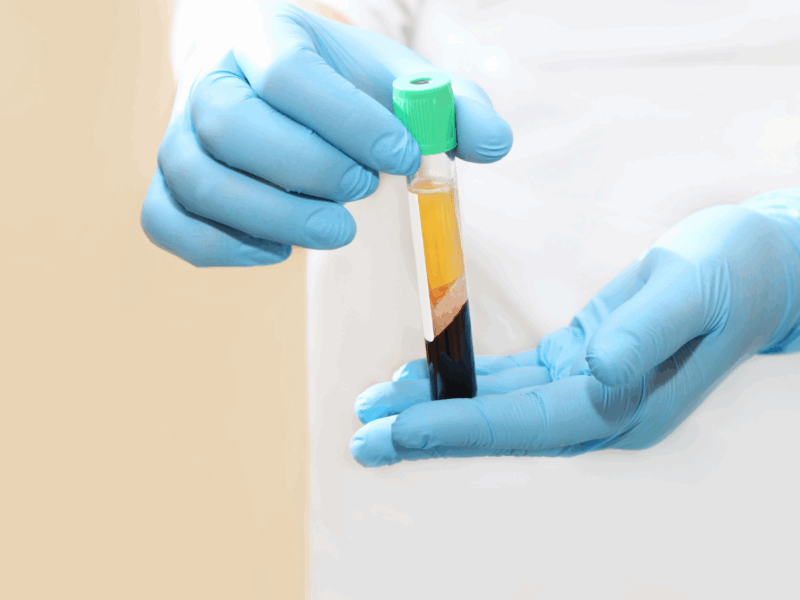When it comes to regenerative medicine for orthopedic issues, two of the most commonly discussed treatments are Platelet-Rich Plasma (PRP) and Bone Marrow Concentrate (BMC). Both therapies leverage the body’s own healing mechanisms to support tissue repair, reduce pain, and improve function—but they are not the same. Understanding the differences, benefits, and limitations of PRP and BMC can help patients make an informed choice in partnership with their physician.
What Is Platelet-Rich Plasma (PRP)?
PRP is a regenerative therapy made from a patient’s own blood. A small blood sample is spun in a centrifuge to concentrate the platelets—cells that contain growth factors and healing signals. This concentrated plasma is then injected into the affected area to promote healing and reduce inflammation.
Common Uses of PRP
- Mild to moderate osteoarthritis (especially knees)
- Tendonitis or tendinopathy (e.g., tennis elbow)
- Ligament sprains
- Muscle injuries
- Post-surgical support
What Is Bone Marrow Concentrate (BMC)?
BMC involves extracting bone marrow—typically from the pelvis—and concentrating the stem cells, platelets, and healing factors it contains. BMC includes mesenchymal stem cells (MSCs) that can become cartilage, bone, or muscle cells and help regenerate damaged tissues.
Common Uses of BMC
- Moderate to severe osteoarthritis
- Chronic tendon and ligament injuries
- Cartilage damage
- Spinal disc degeneration
- Cases where PRP has failed
Key Differences Between PRP and BMC
| Factor | PRP | Bone Marrow Concentrate |
|---|---|---|
| Source | Blood | Bone marrow |
| Healing Components | Platelets & growth factors | Stem cells, platelets & growth factors |
| Procedure Complexity | Simple blood draw | Minor surgical procedure |
| Recovery Time | Minimal | Slightly longer |
| Cost | Lower | Higher |
| Ideal For | Early-stage injury | Advanced degeneration |
Which Treatment Is Right for You?
1. Severity and Type of Injury
PRP suits mild injuries; BMC is better for chronic or severe damage.
2. Age and Overall Health
Younger patients may respond well to PRP; older adults might benefit more from BMC’s stem cell support.
3. Previous Treatment History
Consider BMC if PRP hasn’t yielded desired results.
4. Budget and Insurance Considerations
PRP is more affordable, but neither is typically covered by insurance.
5. Treatment Goals
PRP may relieve symptoms; BMC may offer deeper tissue regeneration.
Safety and Effectiveness
Both treatments are autologous and have a low risk of side effects. PRP is less invasive, while BMC may yield stronger regenerative effects for complex cases. Outcomes vary based on individual factors and physician expertise.
Questions to Ask Your Physician
- Which therapy do you recommend for my condition?
- What are the expected outcomes?
- How many treatments will I need?
- What are the costs and payment options?
- How experienced are you with these procedures?
The Bottom Line
Choosing between PRP and Bone Marrow Concentrate depends on your injury, goals, and health profile. PRP is ideal for early-stage inflammation, while BMC is best for more advanced conditions. A skilled regenerative medicine provider can help guide you to the most effective option for lasting relief and healing.
[gravityform id=1 title=false description=false]



 How DISCSEEL® Regrows Spinal Discs Non-Surgically
How DISCSEEL® Regrows Spinal Discs Non-Surgically
